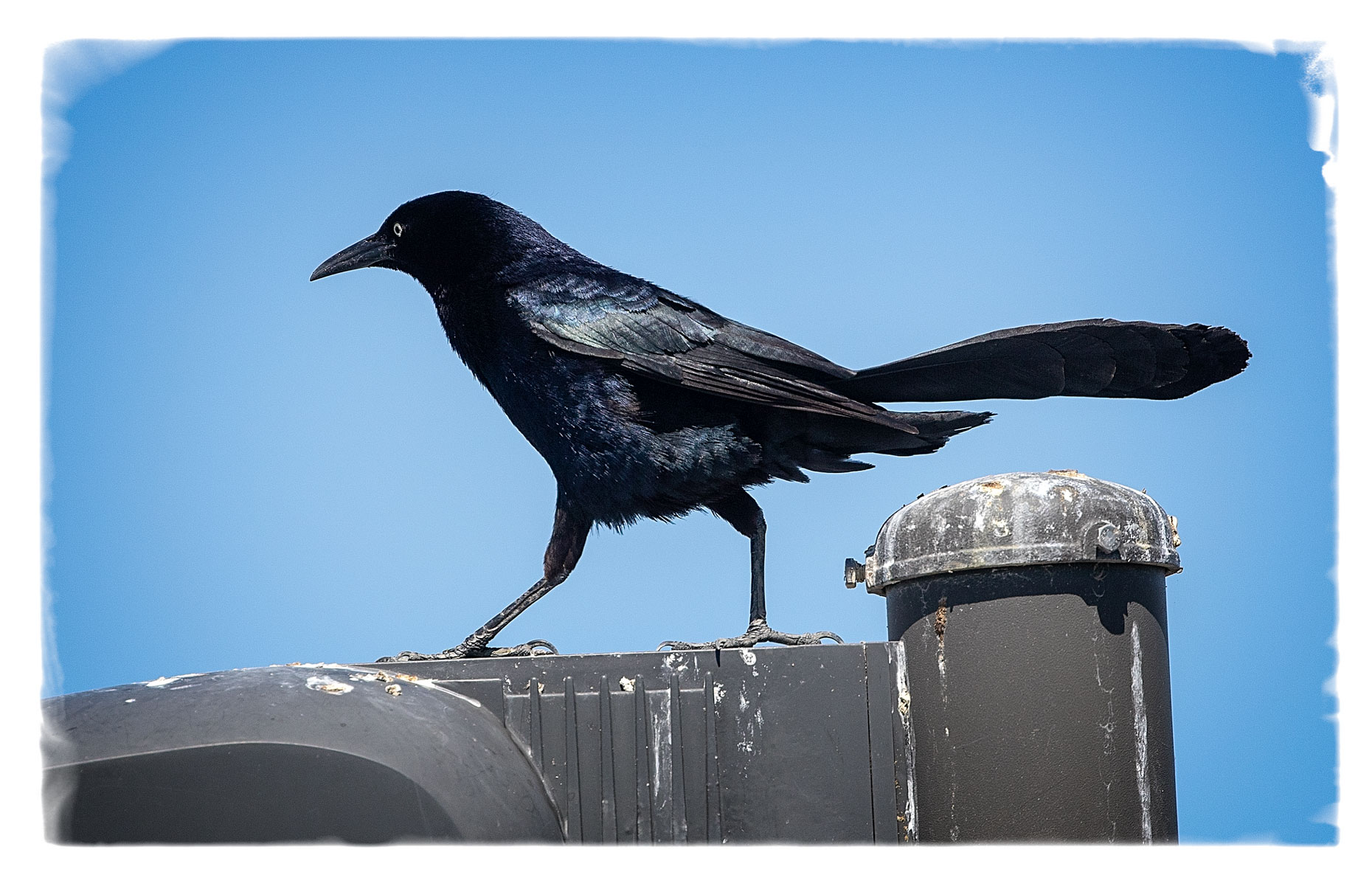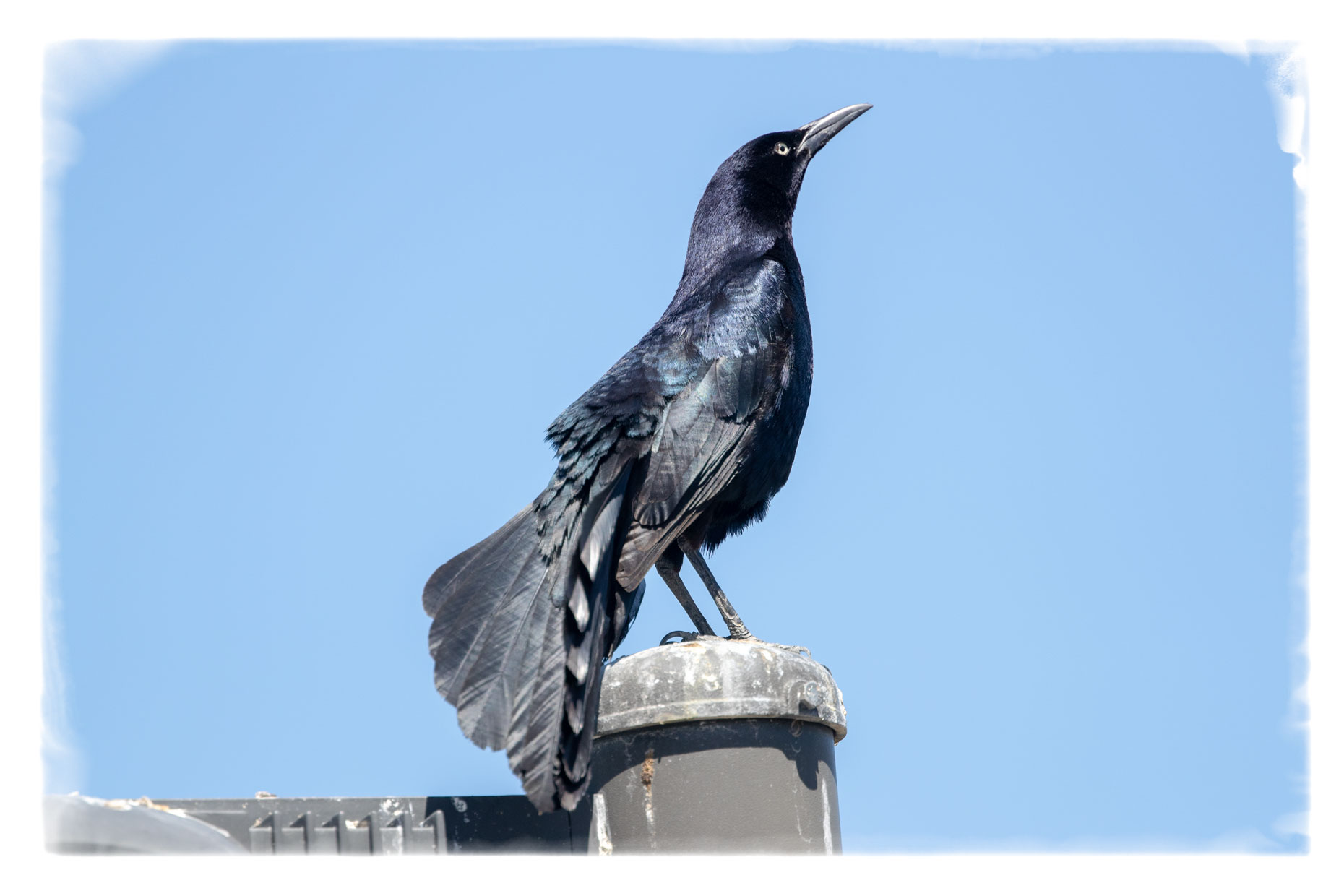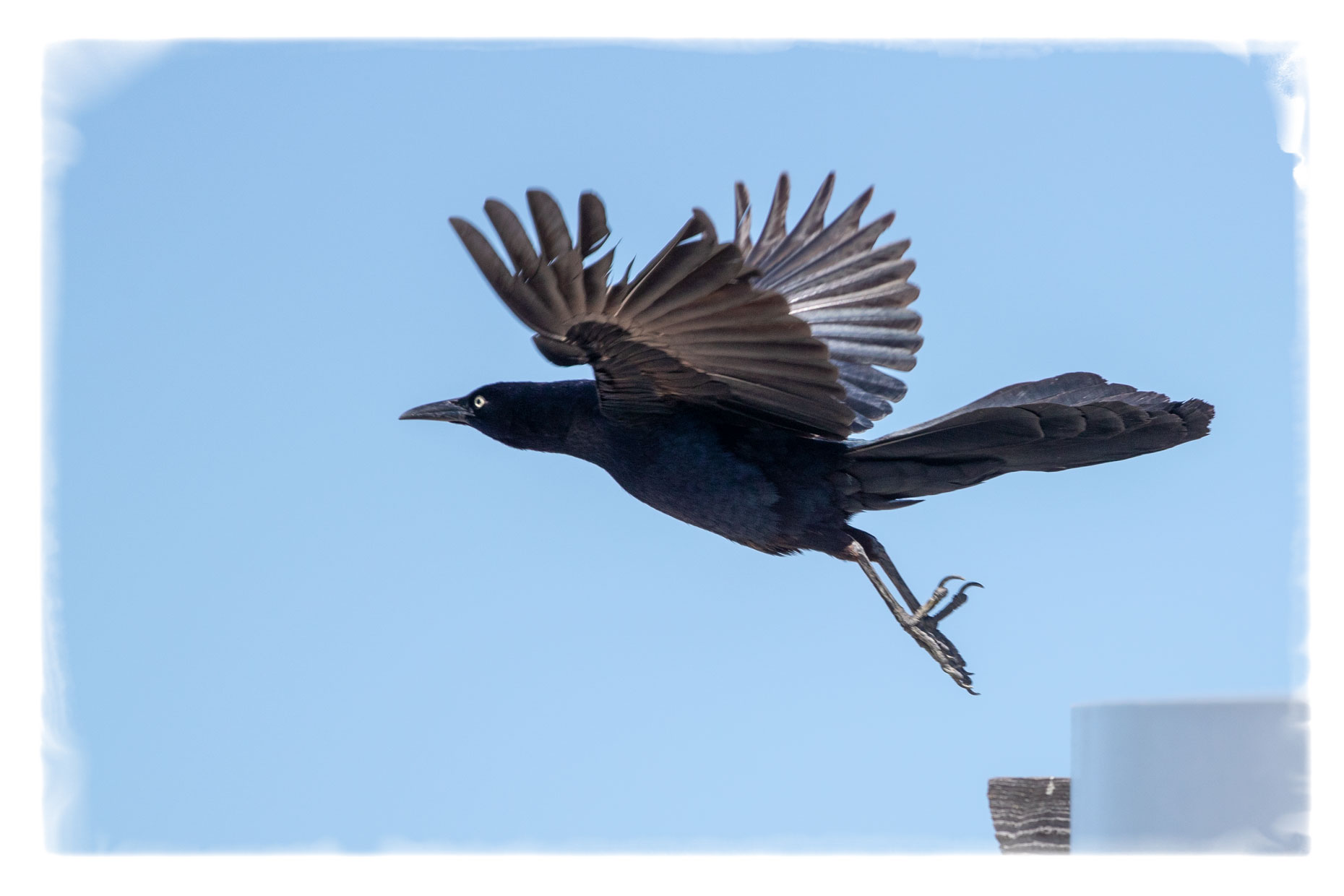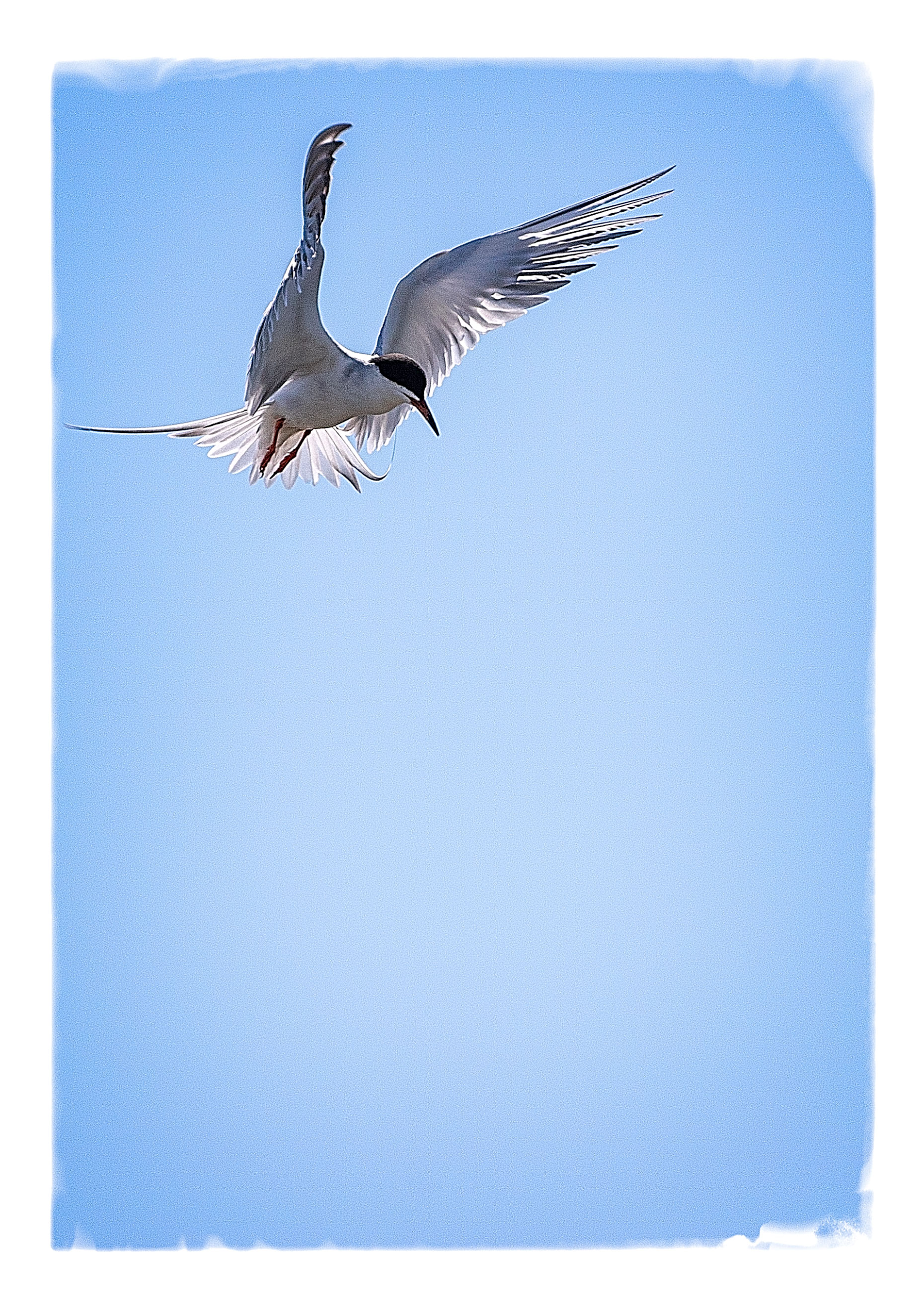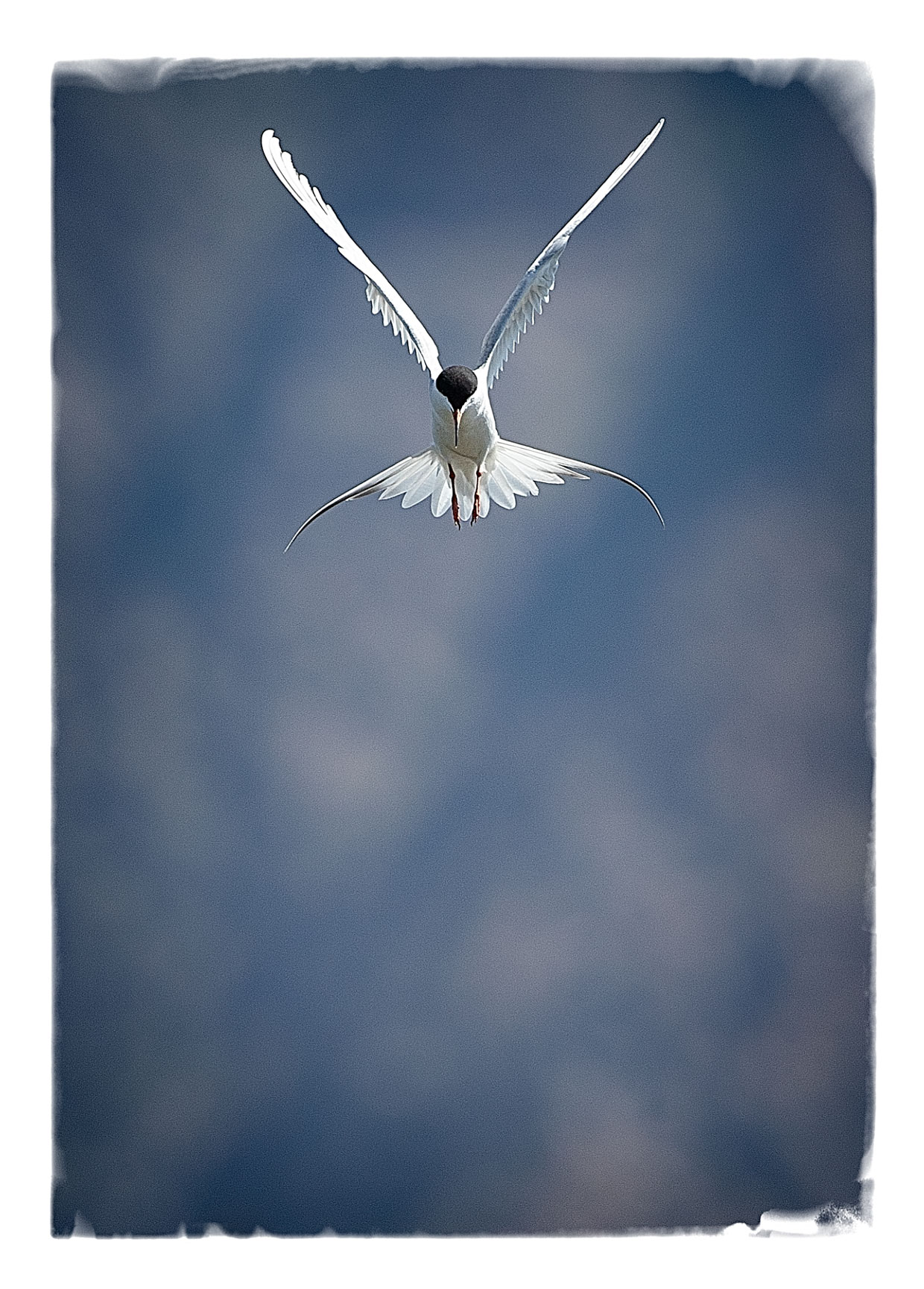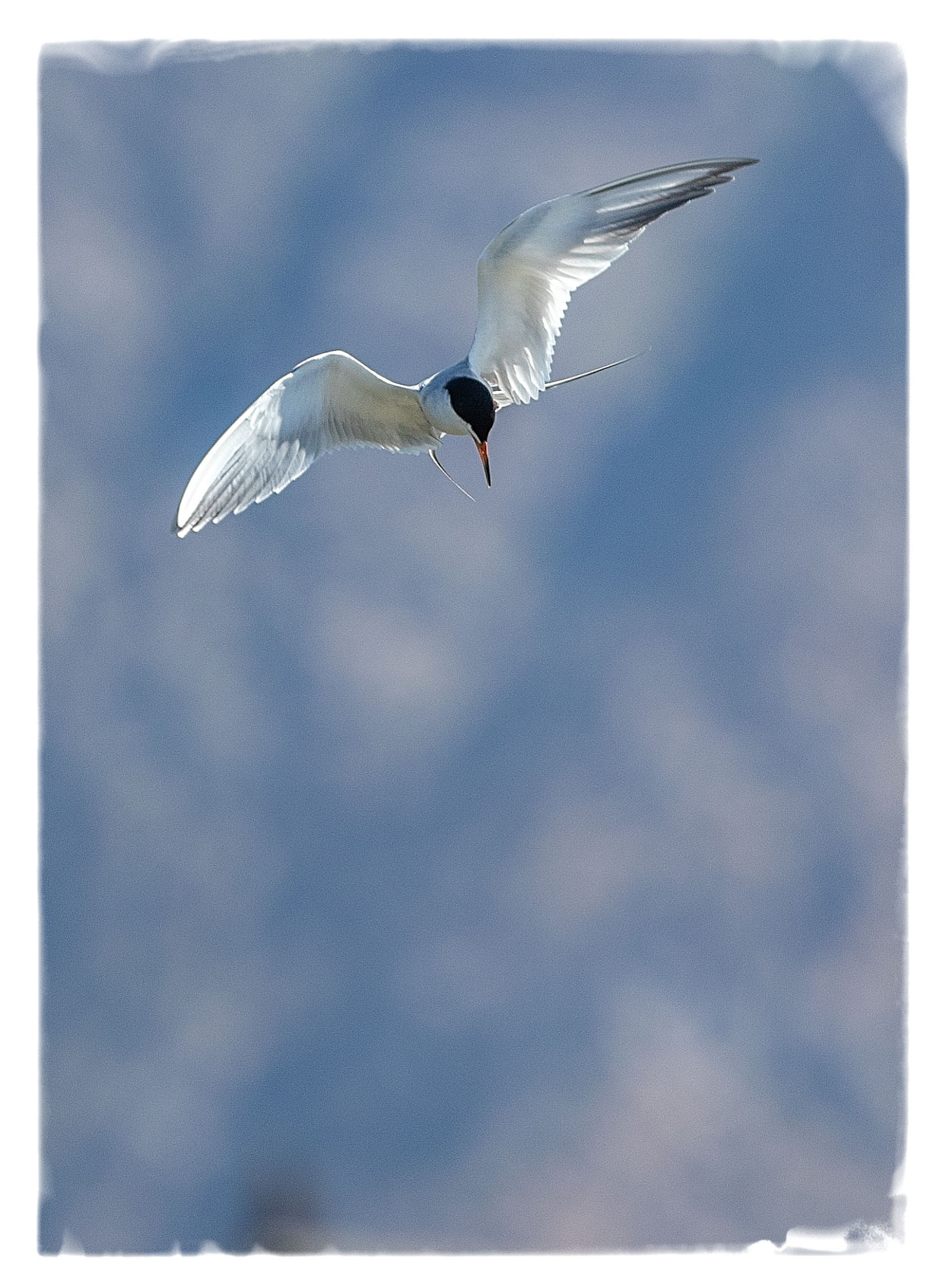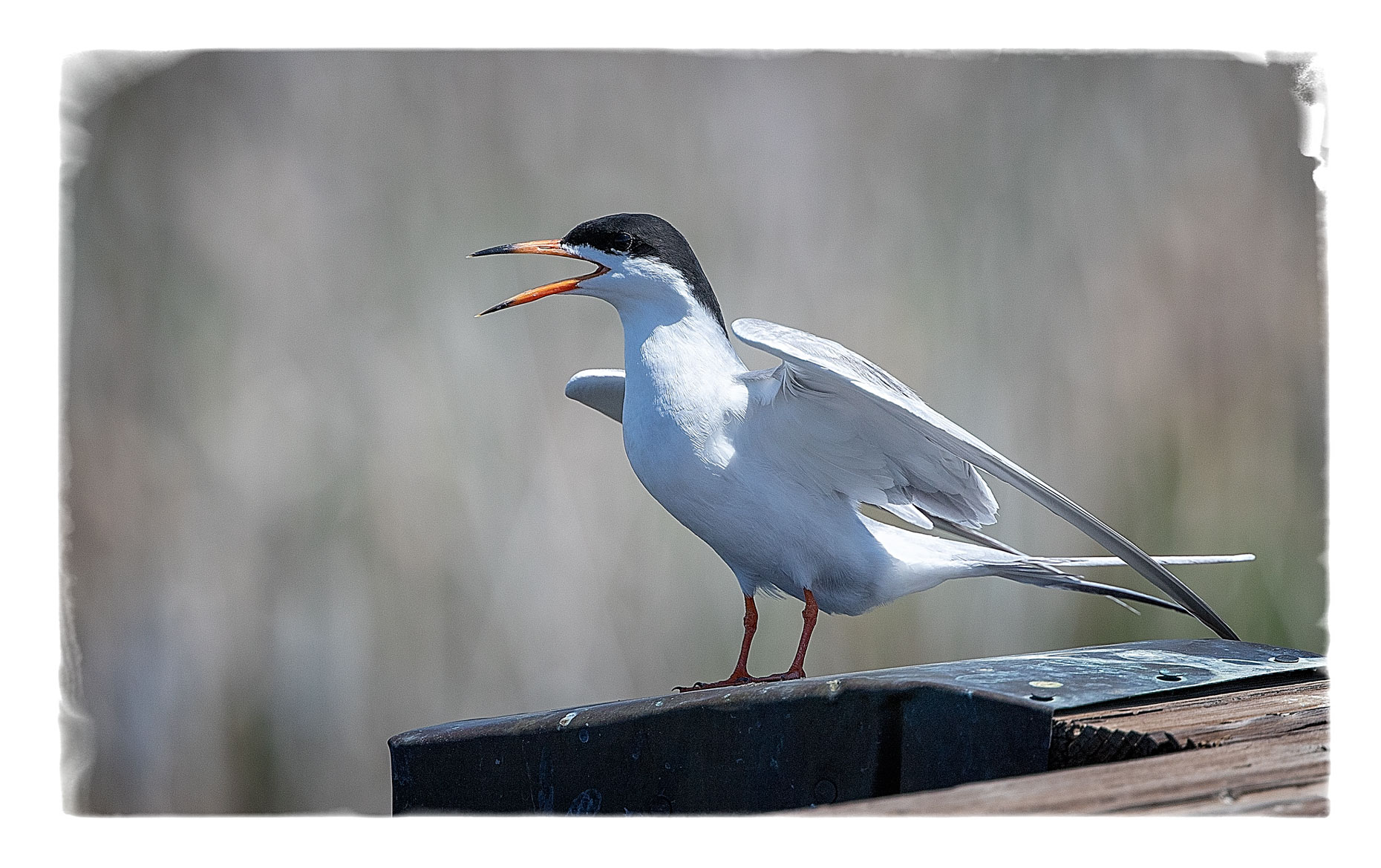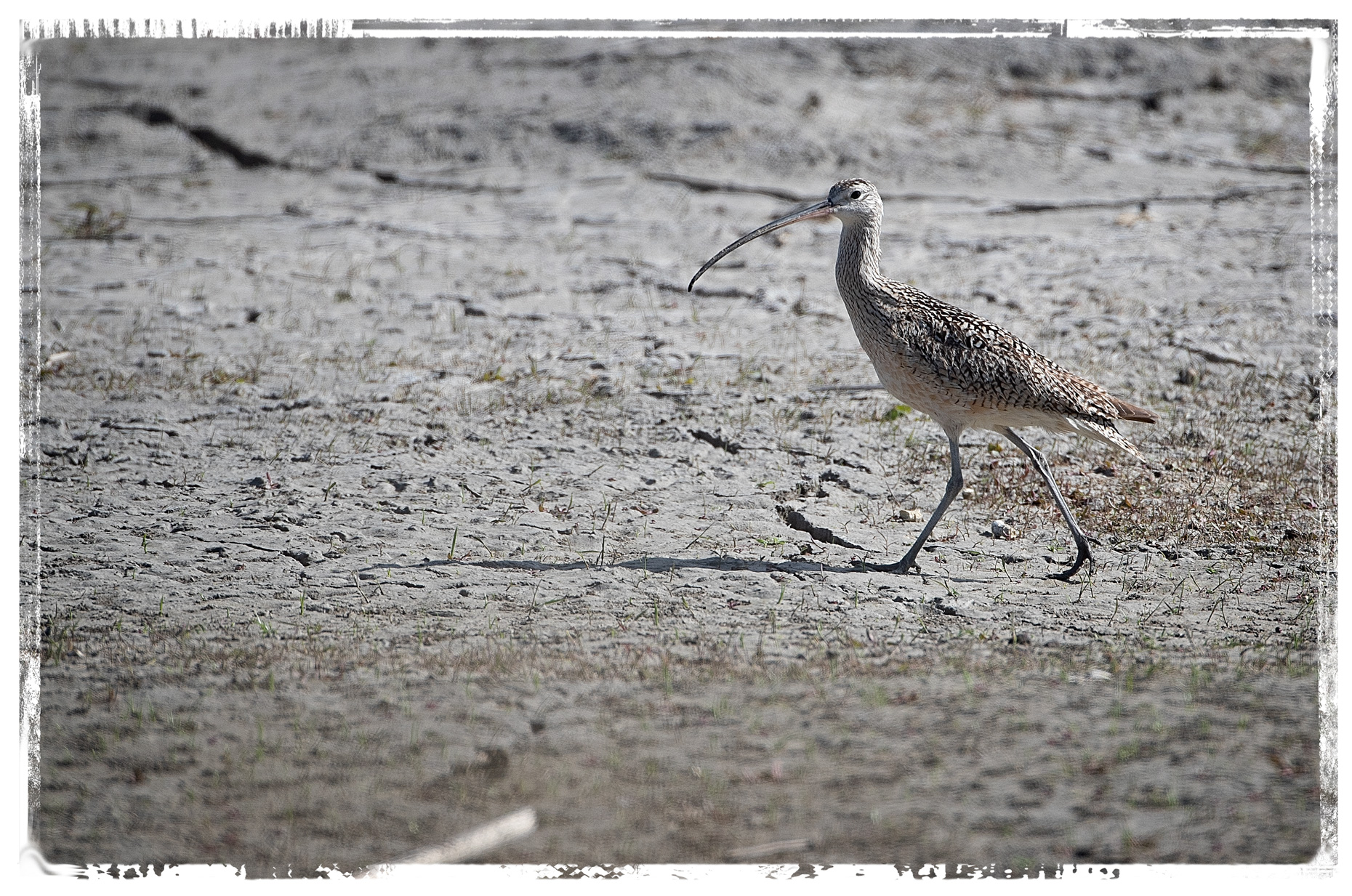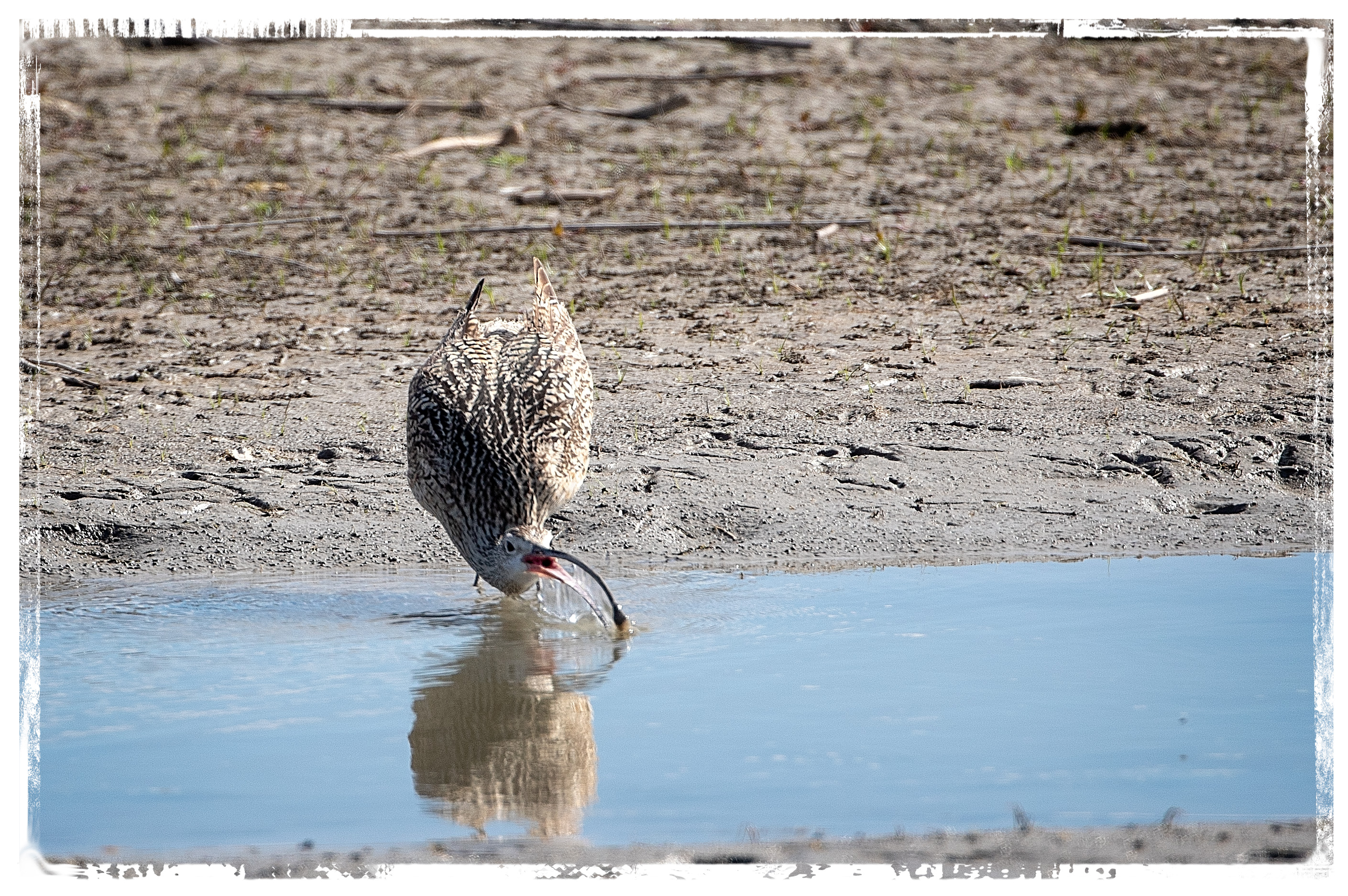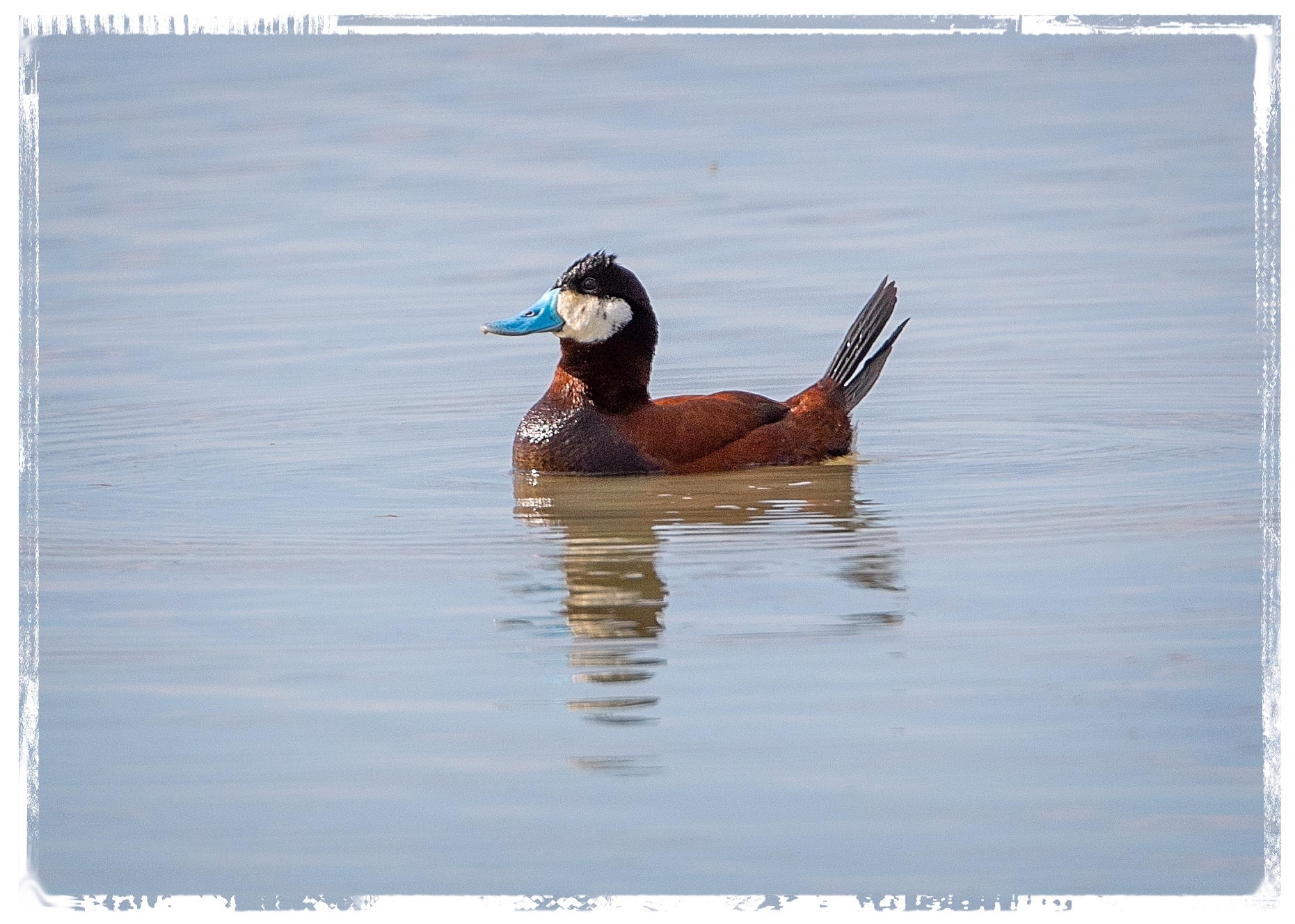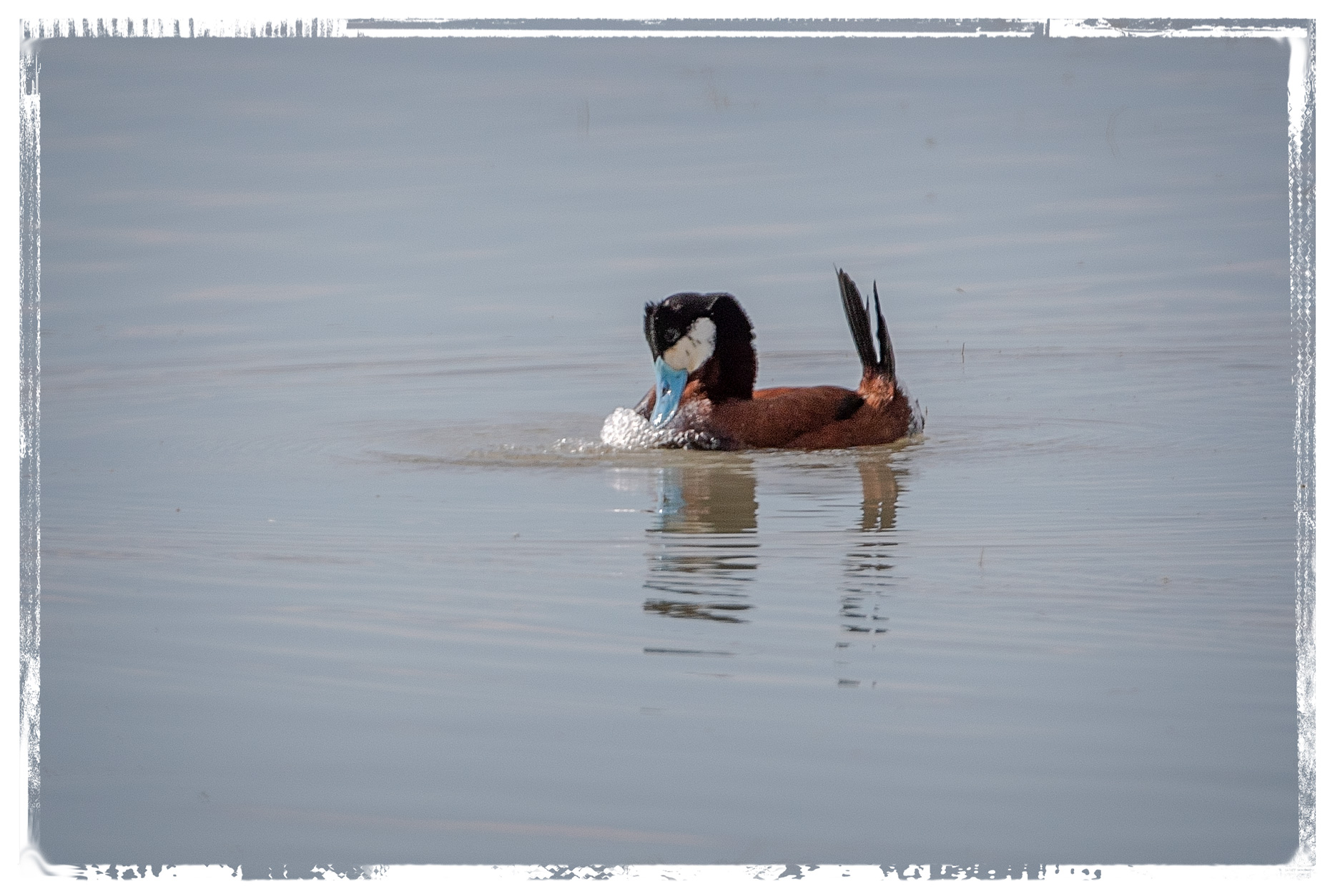Since we didn’t see a single grebe with babies, we wondered if the grebes we saw in pairs were courting.
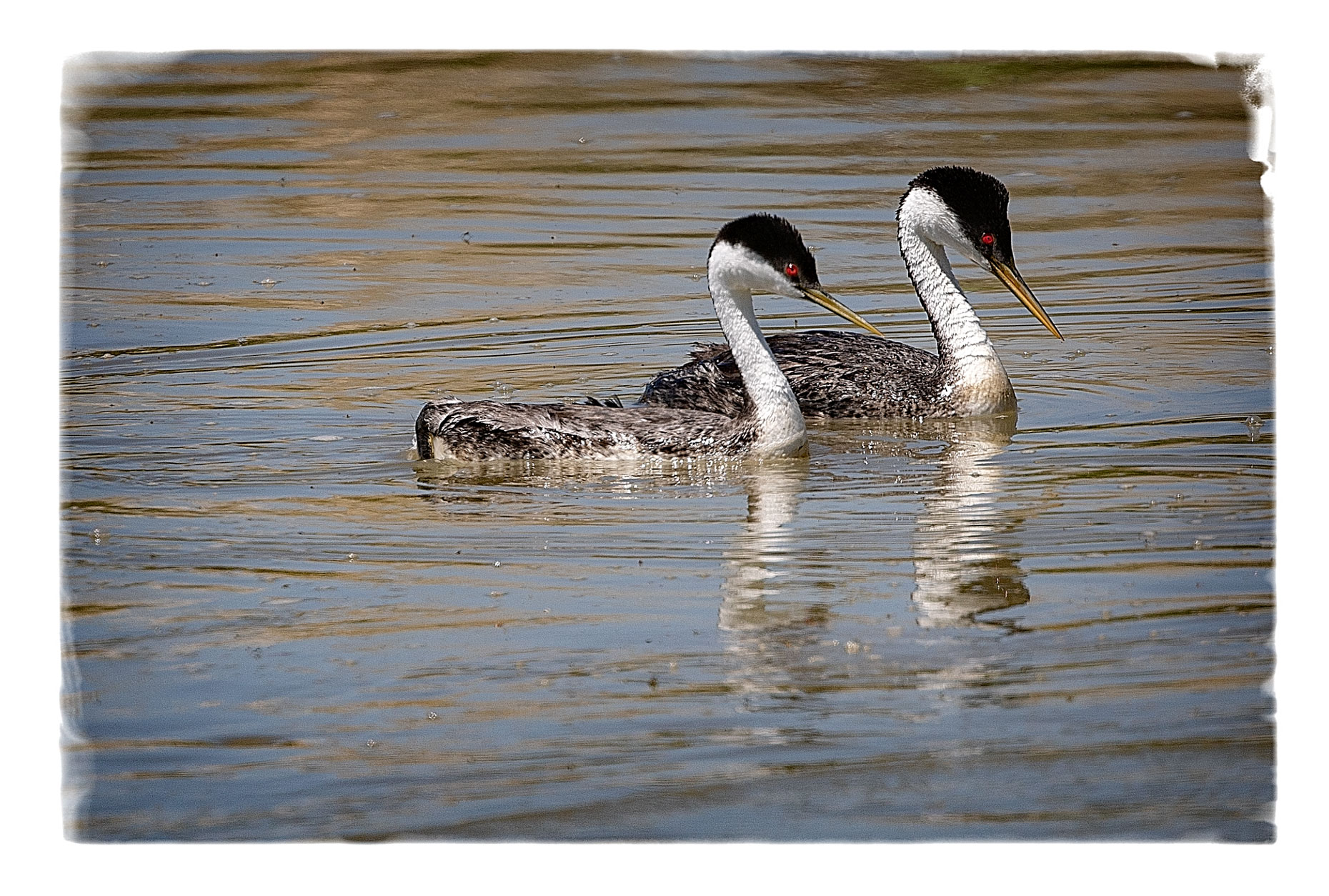
That made us wonder if this strange lifting of their legs
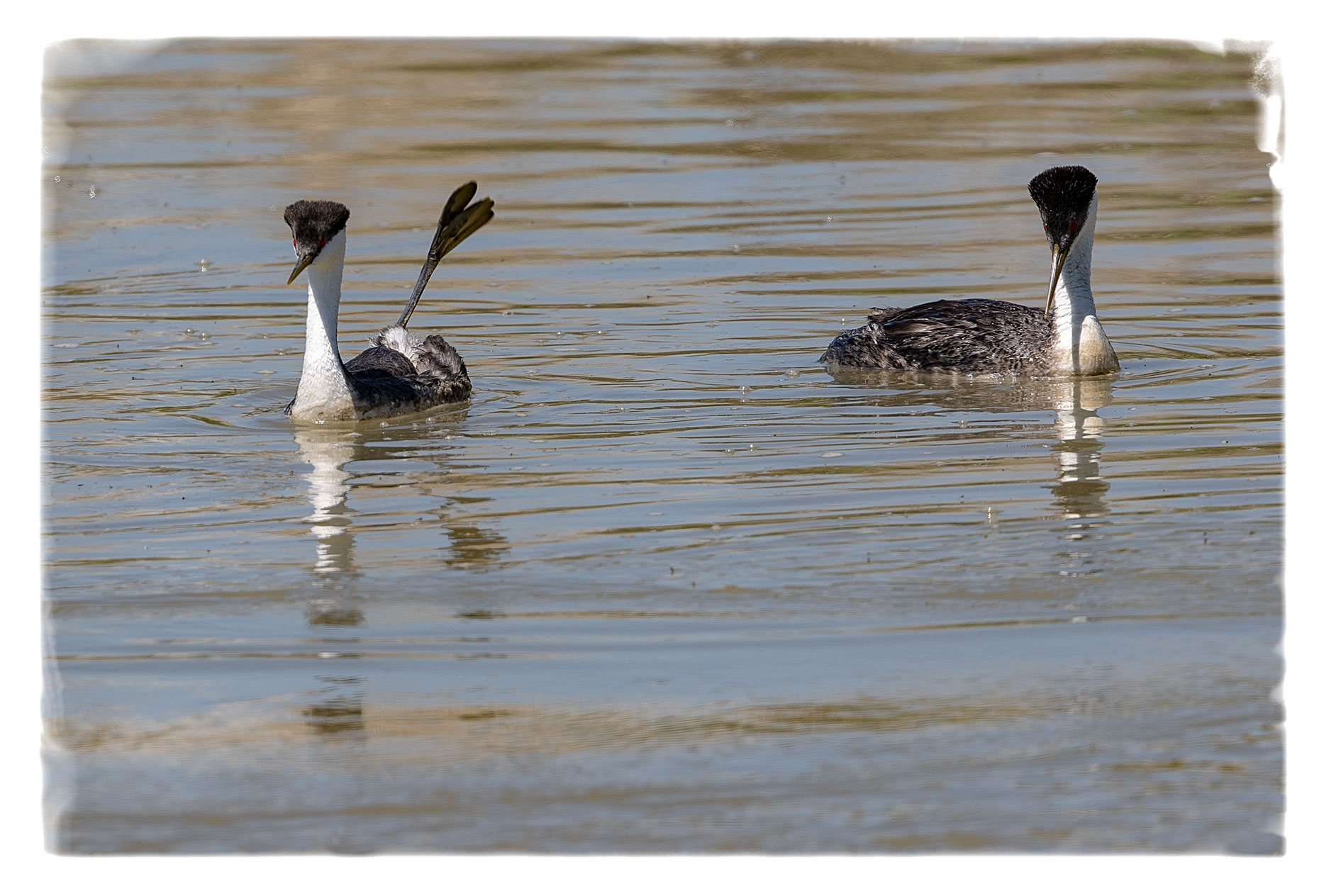
was part of a courtship ritual.

Nope. A little online research revealed that this behavioris called “foot-shipping” and is even used by chicks to warm themselves. Makes sense since the water is cold and the rest of the body is insulated by feathers.

